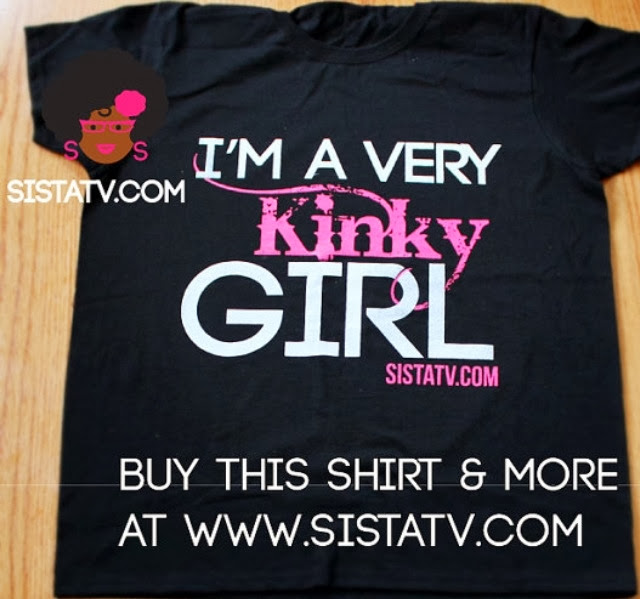Say “No” to Petroleum
and Mineral oil

For years I used mineral oil or petroleum-laced products in my
hair. In most cases, it was all I had
because it was all I could afford. Once
price wasn’t an issue, I used them because I didn’t know any better. If I knew then what I know now about petroleum,
I could have saved years of aggravation trying to grow my hair longer.
Whether you have a
relaxer or natural hair, beware of the amount of petroleum and mineral oil (grease)
you put in your hair.
Here’s what I know about mineral oil (liquid petroleum) and petroleum
product:
Mineral oils and Petroleum
shine my hair but don’t make it healthy.
Now that I’m trying to grow my hair longer, I don’t mistake shiny hair
for healthy hair. Petroleum-laced products coat my hair and create a barrier
that is impossible for moisture to permeate the hair shaft. Without moisture, textured hair doesn’t thrive;
it becomes brittle, and doesn’t grow past a certain point. Still worse, the products I once used prevent
dirt and dandruff from escaping from my hair and they clog my hair follicles
which suffocate the scalp.
Petroleum and Mineral oils are fillers in African American hair products.
The reason so many products in ethnic hair aisles contain mineral oil and petroleum
is because they are cheap additive. The
other reason is that we aren’t educating ourselves on why certain products aren’t
healthy for our hair. Essentially, we
are being taken advantage of by manufacturers who are looking for a cheaper way
to make hair products for 14% of the population. Please don’t misunderstand me; I’m not necessarily
blaming them for their business practices. The companies are saving money, but it’s to the
detriment of our hair. Black people buy a
lot of hair care products. We should
resist purchasing products with these “fillers” and focus on products that cultivate
healthier hair. Retailers will change
what goes on the shelf once we demand better ingredients for our hair.
I think it is in the best interest for all curly, kinky,
relaxed and natural hair girls to use products specifically made for natural hair.
Natural hair products usually contain no
petroleum or mineral oils. Their
moisture is gained from natural butters and oils like shea and jojoba. These natural products feed the hair as well
as promote a healthy scalp. Petroleum
products are great for shine, but not great for much else.



